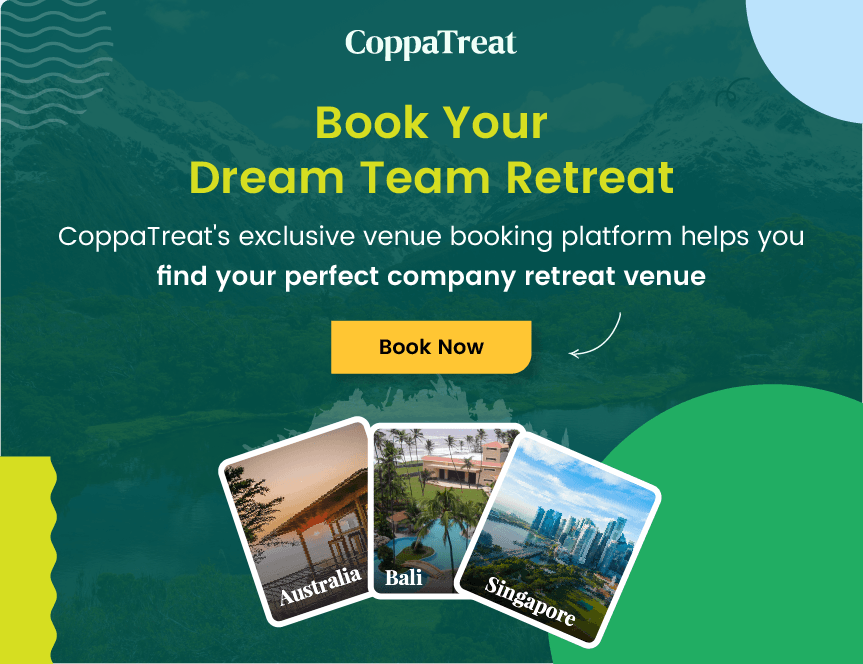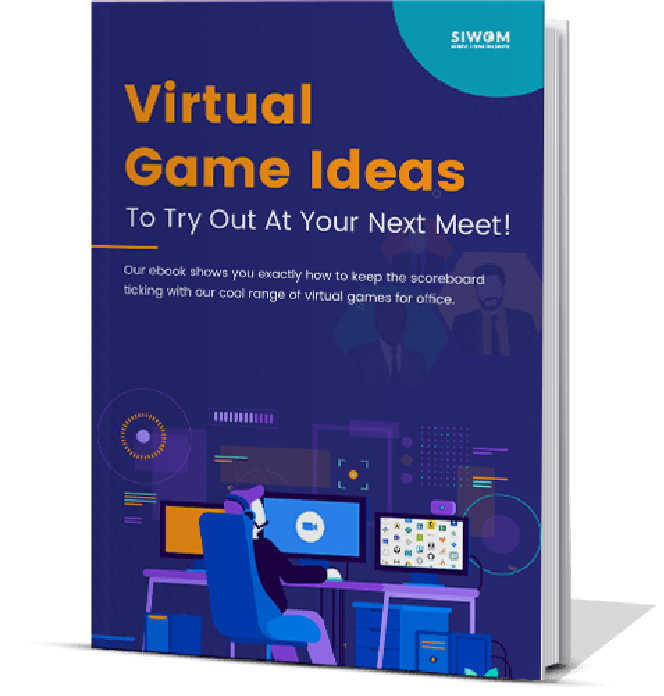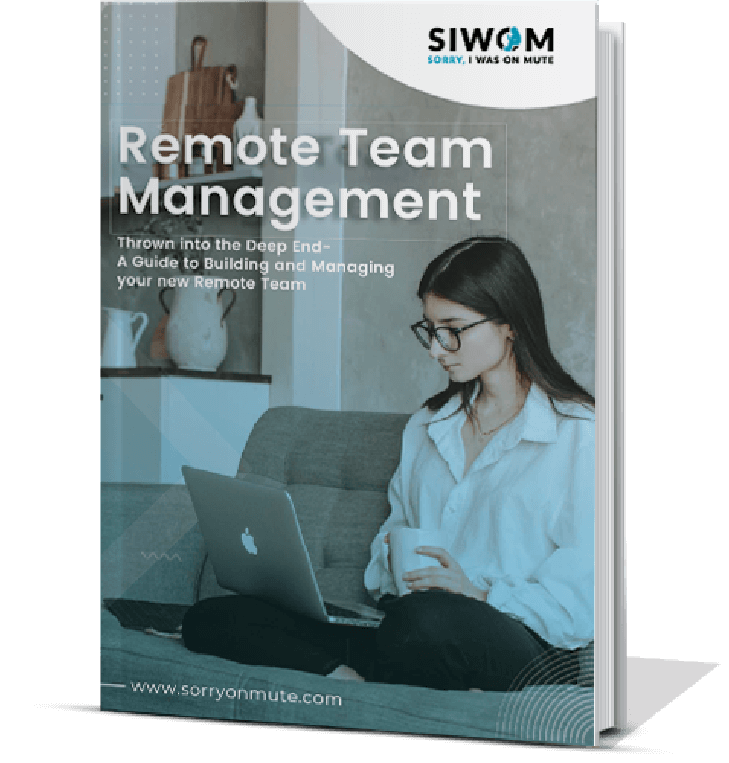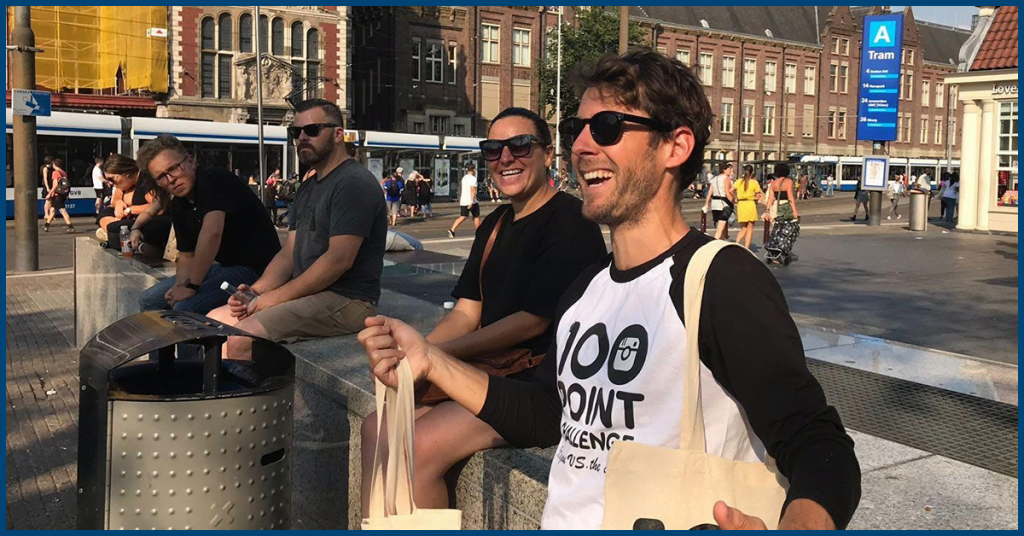 The events based industry has been drawn to a standstill over these last few months. With nearly 72% of events having been either canceled or postponed, there is no doubt that the events industry will emerge looking very different from its pre-COVID self.This is a trying time for the industry, and the key to any events based company’s success will be its ability to adapt in a time of crisis.I had the opportunity to talk to Dan Paech, an industry professional who is the co-founder and CEO of 100 Point Challenge- a Stockholm based events company that conducts outdoor city experiences and now online team games for corporates, start-ups and private groups.Dan, alongside his co-founder Anna Millan, managed to achieve what seemed like the impossible- to convert their in-person events company into a primarily online one - and having done so successfully, recently bagging Microsoft and Booking.com as clients for their online games.Dan and Anna built 100 Point Challenge by focusing on a primarily distributed workforce model, allowing them to rapidly scale the organisation into Copenhagen, Gothenburg and Sydney.I was super excited to chat with Dan and learn about his journey with 100 Point Challenge as well as his insights on building remote teams and how to pivot your company during uncertainty.
The events based industry has been drawn to a standstill over these last few months. With nearly 72% of events having been either canceled or postponed, there is no doubt that the events industry will emerge looking very different from its pre-COVID self.This is a trying time for the industry, and the key to any events based company’s success will be its ability to adapt in a time of crisis.I had the opportunity to talk to Dan Paech, an industry professional who is the co-founder and CEO of 100 Point Challenge- a Stockholm based events company that conducts outdoor city experiences and now online team games for corporates, start-ups and private groups.Dan, alongside his co-founder Anna Millan, managed to achieve what seemed like the impossible- to convert their in-person events company into a primarily online one - and having done so successfully, recently bagging Microsoft and Booking.com as clients for their online games.Dan and Anna built 100 Point Challenge by focusing on a primarily distributed workforce model, allowing them to rapidly scale the organisation into Copenhagen, Gothenburg and Sydney.I was super excited to chat with Dan and learn about his journey with 100 Point Challenge as well as his insights on building remote teams and how to pivot your company during uncertainty.Tell us about the 100 Point Challenge
100 Point Challenge is a gaming and events company in which we focus on organizing unique, fun and competitive team games for both private groups as well as companies, online and in-person.Although our HQ is in Stockholm, we offer multiple outdoor games and currently operate in four cities across the globe.We recently diversified into online team-building and group games with ‘The Remote Rendezvous’ and ‘The Puzzle’, with a plan to offer more online experiences soon.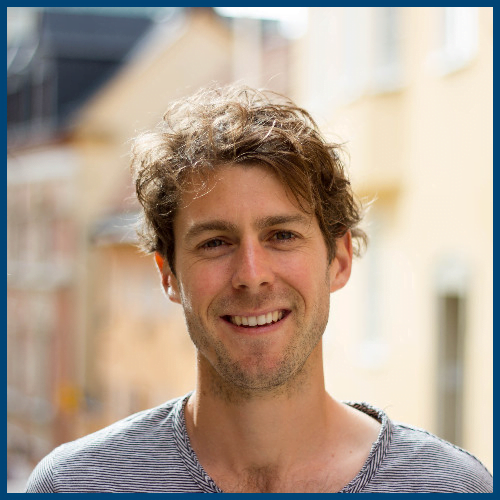
Tell us a bit about your career background and your journey up to starting 100 Point Challenge.
I moved to Stockholm in 2014 and worked as a full-time consultant at a healthcare firm. I lived with some entrepreneurs in a collective and during that time I started experimenting with my own ideas.The side business which led me to the 100 Point Challenge was called Run With Me, which is a global platform that connects traveling runners with a local running guide. While taking these tours myself in Stockholm, I learned a lot about the city and realized that many locals didn’t know a lot about Stockholm.I thought a game would be a good way to re-engage them with their city. My aim when developing the game was to help people learn about the city while adding a competitive element to it to make it healthy, fun and interactive. This is how the 100 Point Challenge was born.Tell us about the structure of your team and staff at 100 Point Challenge. To what extent are they distributed?
I started the company in 2016 with my co-founder Anna. Anna and I began in Stockholm with a couple of casual staff members who could meet the local language demands and help with service delivery.Once we started expanding, we hired freelancers, contractors or casual employees in a distributed manner to meet the demands of each city. Major admin work, customer service, marketing and operations are still centralized in Stockholm.When we started operating in a new city, we either appointed one person as the City Manager to become the key point of contact or directly dealt with all our staff individually.Normally, we would work with 2 or 3 employees or contractors in each city and up to 5 people in the case of bigger cities.In total, we have 20 people across our four cities in Stockholm, Copenhagen, Gothenburg and Sydney. Most of our staff focus on service delivery, but we also need support with marketing, graphic design and social media from time to time. We normally hire remote freelancers to address these requirements.What made you choose to go down the route of building a remote workforce as opposed to a more in-person one?
Essentially, it was the nature of the business. We are completely bootstrapped and all our growth has been organic. In this process, it’s easier to hire someone casually or on a contract basis rather than taking on a fixed cost and have them work full-time.Maybe we’ll need it as the city grows and we could justify it later down the track but not at the moment.We’ve found it convenient to use a lean approach where we test the market viability of respective cities and can shed staff if required. And over time we learned how to fill resources in a centralized system which has made it easier to carry out our operations.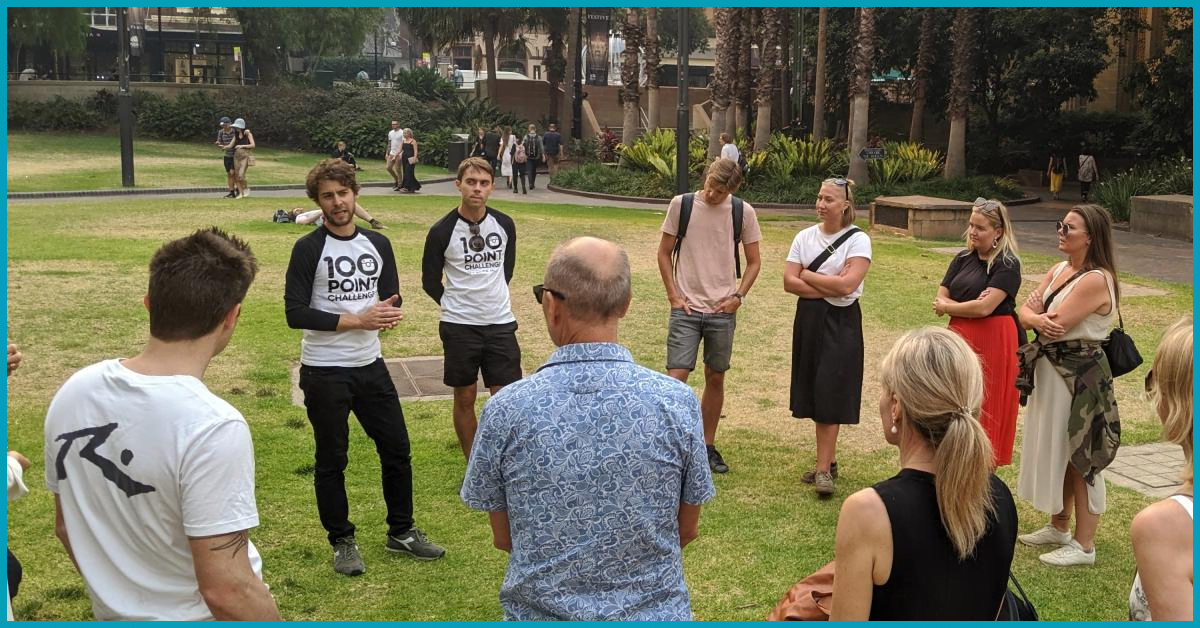
Can you tell me some of the struggles you have faced with having a distributed workforce? Whether in terms of management, recruitment etc.? What are some key techniques that you have had to adapt and implement to work for your remote teams?
There have definitely been a number of challenges.The first would be recruitment, onboarding and training. It becomes difficult to get a sense of the person when you are not physically present. Remote onboarding is a tough task. Knowing their personality type and if they fit within the organization while getting the training material in place on how to deliver our services is often difficult. We generally send them videos to standardize the process and help them learn what to say and how to engage with customers.The second challenge I would say is maintaining team engagement as we do in our traditional office space. It's hard to create camaraderie when teams are distributed. To ensure that they get a sense of that and get to know their teammates, we arrange team-building activities in their respective cities. This helps our staff stay motivated and align with the organization.Finally, keeping a check on quality control and knowing if the customers are enjoying the game. To tackle this, we’ve created internal systems to get clarity on customer’s activities which means delivering surveys and getting feedback to ensure everything is quality-driven.And if something doesn’t fall in-line with protocol, we are able to reach out to the respective team to take corrective measures acting as a feedback mechanism.Tell us a bit about how COVID-19 affected the 100 point challenge over these last two and a half months?
It definitely hit us hard and early on. We had an event in March where we were expecting 150 people but that had to be rescheduled since many participants were commuting from Asian countries.The cancellations continued and the uncertainty took a toll on everyone. Spring and summer is our peak season but we saw all of our bookings disappear within a couple of weeks from mid-March to April and it became apparent that we wouldn’t be able to do outdoor events in 2020 like we normally do.We had two options: either to sit back and see all our hard work crumbling down or come up with an alternative. Choosing the latter, we decided to pivot, brainstorm and developed an online offering.Like our outdoor activities that are primarily focused on fun and engagement, we wanted our online games to focus on the same, along with developing team-skills for a remote-work setting, giving birth to ‘The Remote Rendezvous’.‘The Remote Rendezvous’ is played over 5 days or in one 2.5 hour session, and we quickly realised we should also provide something that can be enjoyed within an hour’s time frame, which then led us to develop ‘The Puzzle’.At the same time, we still had some customers coming in Sweden at our in-person activities since lockdown restrictions here haven’t been as strict.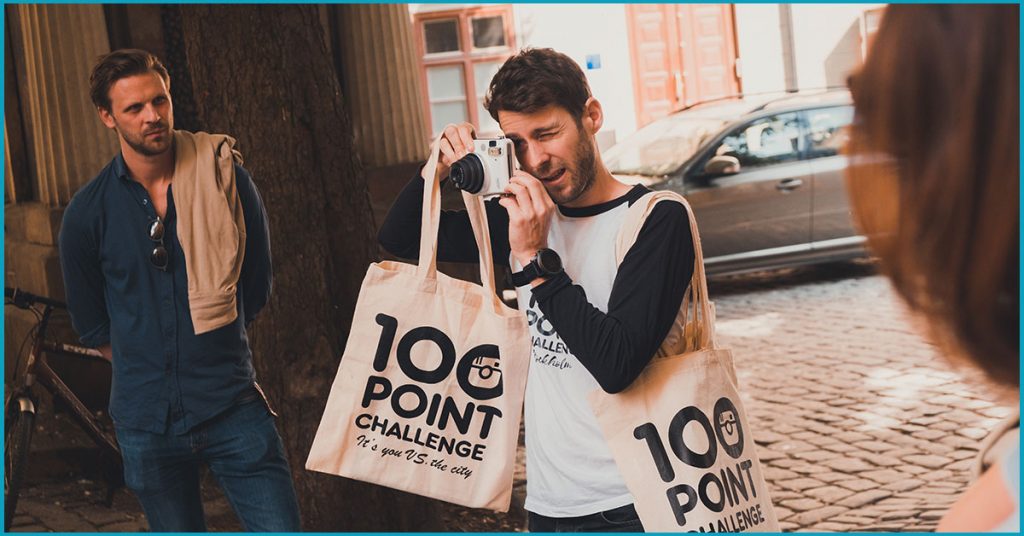
 Interested in Virtual Team Building Events?
Interested in Virtual Team Building Events?











